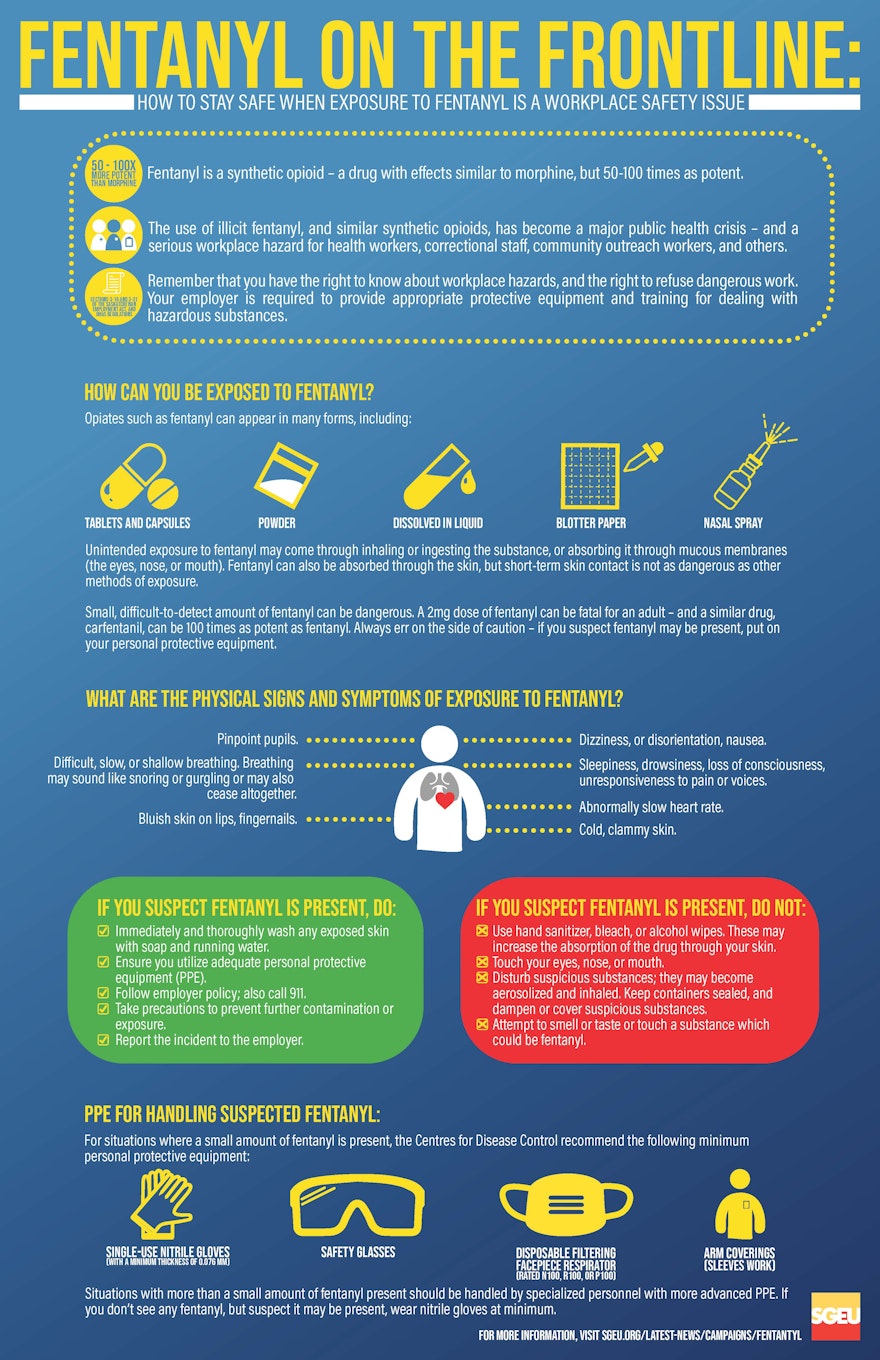The Dangerous Misconception
In today's world, the mere mention of the word "fentanyl" stirs up fears and anxieties. It's often associated with fatal overdoses and illegal drug markets. While the dangers are real, our collective understanding is muddied by misinformation. How much of the panic surrounding fentanyl is warranted, and how much of it is the product of misunderstandings?
A Closer Look
Originally developed for medical use, fentanyl is a synthetic opioid that is incredibly potent. However, its demonization in media and public discourse has overshadowed its legitimate medical applications, such as pain relief during surgery and for chronic pain management.
Thesis Statement
This comprehensive blog post aims to demonstrate how the prevailing misinformation about fentanyl is contributing to a variety of public health issues. These include complications in overdose rescue procedures, the crafting of punitive and ineffective laws, wasteful financial expenditures, and obstacles in access to essential pain management therapies.
Section 1: The Fentanyl Basics
What is Fentanyl?
Fentanyl is a synthetic opioid that was first synthesized in 1960. It is 50 to 100 times more potent than morphine. It has important medical uses, particularly in anesthesia and the management of severe pain for patients for whom other opioids are ineffective.
The Numbers
According to the Centers for Disease Control and Prevention (CDC), fentanyl is implicated in an increasing number of overdose deaths. However, to form an effective public health response, it's imperative to separate the myths from the facts.
Section 2: The Birth of Fentanyl Panic
Media's Role
The media, with its sensationalist tendencies, has contributed to the existing climate of fear around fentanyl. Alarmist news reports often focus solely on the drug's risks, without offering a nuanced picture.
Misconceptions
The misinformation often spreads in the form of myths. For instance, a widely circulated but incorrect belief is that skin contact with fentanyl can lead to overdoses. This has been refuted by scientific research but continues to persist.
Section 3: Complications in Overdose Rescue
First Responder Hesitation
The widespread misinformation has made first responders, including police officers and emergency medical technicians, hesitant to engage directly with overdose victims. This has serious, potentially fatal implications for timely and effective intervention.
Debunking the Myth
Studies have shown that the risk of fentanyl exposure to first responders through skin contact or incidental inhalation is extremely low. Standard protective gear is generally sufficient to protect first responders from exposure.

Section 4: The Fallout in Criminal Laws
Legislation Gone Wrong
Fueled by public fear, legislators have enacted laws imposing severe penalties for even minor fentanyl possession. These laws often fail to distinguish between quantities meant for personal use and those intended for distribution.
Community Impact
Such punitive laws disproportionately affect marginalized communities without addressing the root causes of fentanyl abuse and addiction. This approach is both socially and economically costly, without delivering the intended outcomes.

Section 5: The Financial Drain
Wasteful Expenditures
Huge sums of money have been funneled into solutions that have not proven effective, such as the mass distribution of fentanyl testing strips. These resources could be better spent on methods backed by scientific evidence.
Opportunity Costs
The misallocation of funds means that valuable resources are being diverted from potentially effective treatments, such as medication-assisted treatment (MAT) and community-based prevention programs.
Section 6: Undermining Pain Management
Affecting Patients
The heightened scrutiny around fentanyl has had a chilling effect on its medical use. Doctors are increasingly reluctant to prescribe fentanyl and other opioids even when clinically indicated, fearing legal repercussions.
Unintended Consequences
This reluctance undermines the quality of care for patients who have legitimate needs for potent pain medications, leading to unnecessary suffering and poorer health outcomes.
Section 7: The Rational Path Forward
Evidence-Based Policies
To truly tackle the opioid crisis, we need policies informed by scientific research and clinical expertise rather than public panic.
The Role of Accurate Information
Both healthcare providers and media professionals have a moral and professional obligation to ensure that they disseminate factual, balanced information to combat misinformation.
Section 8: Conclusion
Summary
The fentanyl crisis is not just an issue of substance abuse; it is also a crisis of misinformation. The real-world consequences of this misinformation are broad and damaging, affecting everything from emergency medical services to legislative policies and individual patient care.
Final Thoughts
For the sake of public health, effective policy, and social justice, we must strive for a balanced, fact-based discourse on fentanyl and other opioids. Only through understanding and education can we hope to tackle the complex challenges posed by the opioid crisis.
![[object Object]](https://umsousercontent.com/lib_ygSQXDNiieGKRILa/a2xdxo2codu8yakd.jpg?w=108)
